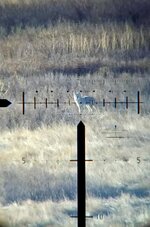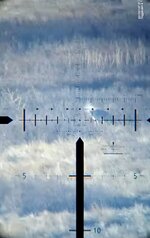Yessir! We'll have some at Western Hunt Expo in Salt Lake in February. Hopefully by then it will actually be in production. I've also got a few .375 H&H to get done and ready for Dallas Safari Club Atlanta and SCI Nashville.
I'd be
extremely interested to see the recoil dynamics of dangerous game cartridges and the Rokstock's geometry. Prediction: extremely effective.
I've wondered about this quite a bit before, actually. Here's why:
About 15 years ago I worked with a gun-fitter whose clients included national and international trap and skeet champions, but he made his bread and butter with fitting random club guys around the region. The first thing he always did was re-cut the butt to be perfectly 90-degree perpendicular to the bore.
I got him to explain in detail the reasons he adjusted the geometry the way he did with that particular cut, and it was all about recoil management. Butts that undercut, with the toe further forward than the heel, increase muzzle flip in direct proportion to the increased angle. It's also largely what is responsible for cheek bruising. The perfectly perpendicular bore/butt angle ended up being best for recoil managment and follow-up shots.
Fast-forward to a few years ago, and I came across someone's writing about really early theories of stock design on big-bore dangerous game guns, from the 19th century - and why they often have both severe undercuts on the butt, and the combs dropping so much below the bore axis. It seems the idea was that it was to "manage" the muzzle flip to intentionally make it go up - rather than straight back.
Given that the Rokstock has what appears to be a butt cut at perfectly 90-degrees to the bore axis, and that its heel is as high as it is above the bore line, I'll wager that it will be exceptional at helping manage muzzle flip with heavy big-bore cartridges.
Please let us know what you experience with that .375 H&H from standing position.



